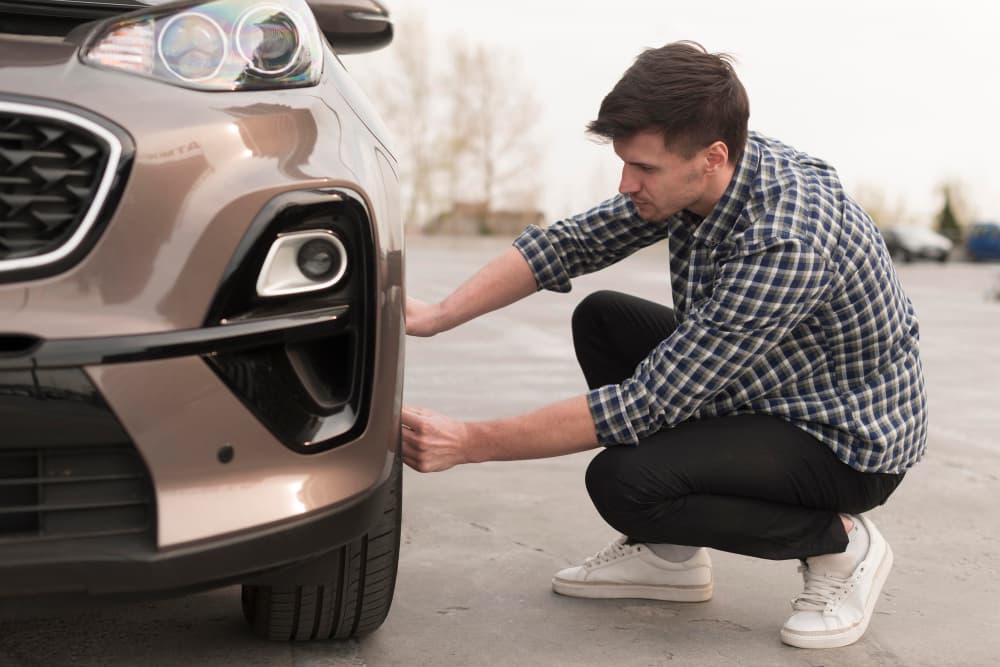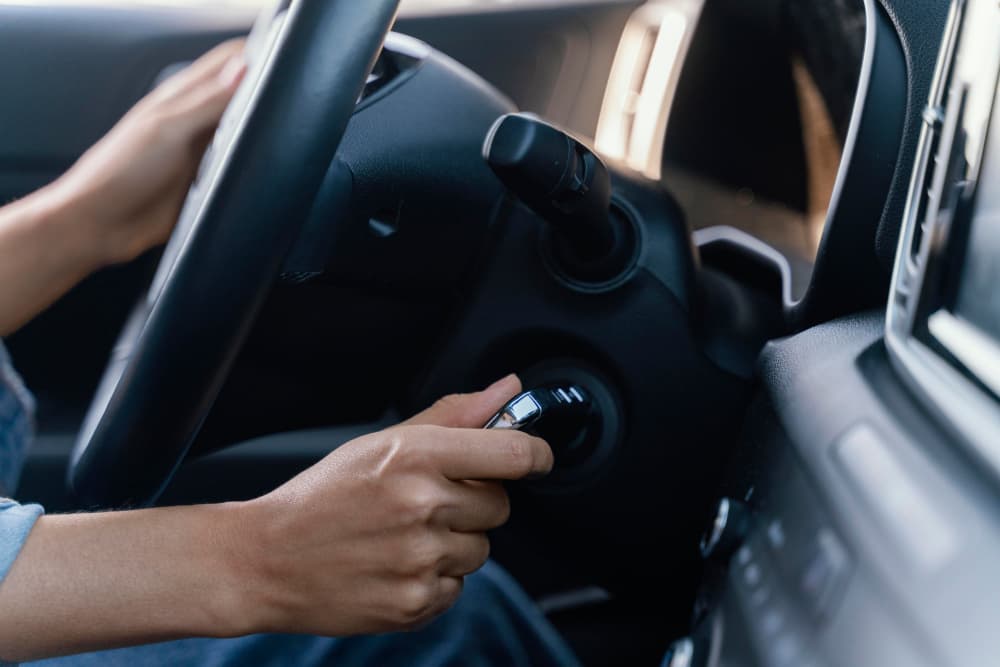Car Care Tips, Roadside Assistance Guides & Emergency Service Insights
LATEST ARTICLES
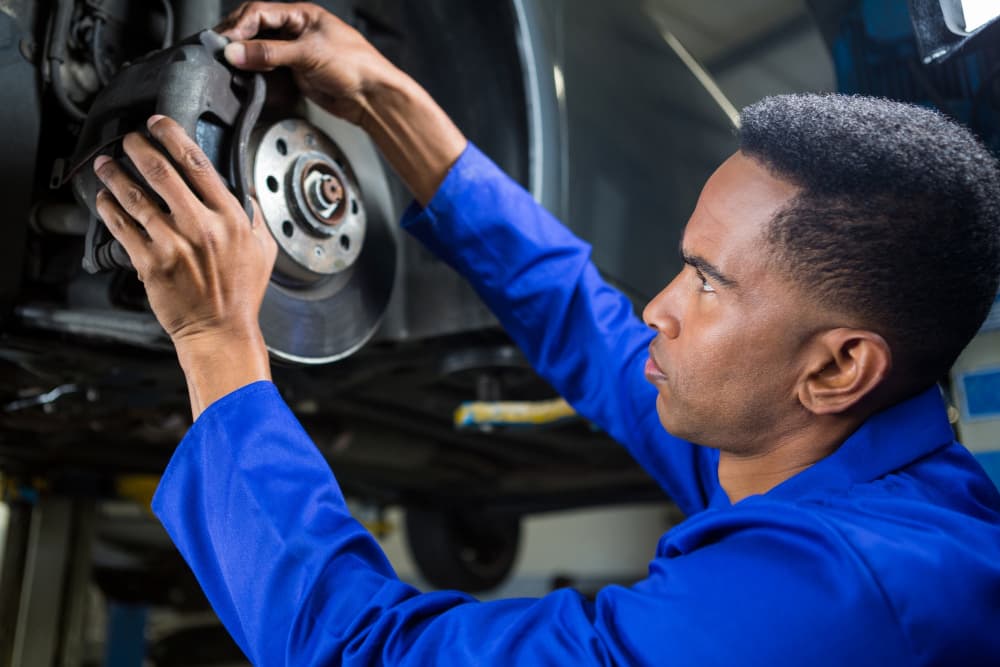
Clutch Replacement vs Repair: What to Choose
If you’ve been driving for a while, chances are you’ve experienced that unsettling moment when your car refuses to accelerate smoothly or makes an unusual noise while shifting gears. This often points to clutch issues – a vital part of your vehicle’s transmission system. Whether it’s wear and tear or poor driving habits, clutch problems […]
If you’ve been driving for a while, chances are you’ve experienced that unsettling moment when your car refuses to accelerate smoothly or makes an unusual noise while shifting gears. This often points to clutch issues – a vital part of your vehicle’s transmission system. Whether it’s wear and tear or poor driving habits, clutch problems […]

Emergency Tips to Handle Brake Fail Safely
Experiencing a brake fail while driving can be one of the most terrifying moments for any driver. Whether it happens suddenly on a busy highway or while cruising through city traffic, the inability to stop your vehicle instantly can cause panic and confusion. But knowing exactly what to do in those critical seconds can make […]
Experiencing a brake fail while driving can be one of the most terrifying moments for any driver. Whether it happens suddenly on a busy highway or while cruising through city traffic, the inability to stop your vehicle instantly can cause panic and confusion. But knowing exactly what to do in those critical seconds can make […]

How Crossroads Helps When Your Steering Locks
Imagine driving home after a long day when suddenly your steering wheel locks just as you’re about to park. Panic sets in as you try to turn it, only to realize it’s completely stuck. This situation is more common than most drivers think, and it often happens at the most inconvenient times. Many car owners […]
Imagine driving home after a long day when suddenly your steering wheel locks just as you’re about to park. Panic sets in as you try to turn it, only to realize it’s completely stuck. This situation is more common than most drivers think, and it often happens at the most inconvenient times. Many car owners […]

How a Broken Axle Affects Your Car’s Safety
Driving is an everyday necessity for many of us, but few things can disrupt that sense of normalcy like a broken axle. Imagine cruising down the highway when suddenly, your steering becomes unresponsive or your car starts to wobble uncontrollably. Such a moment is not just inconvenient—it’s dangerous. A broken axle isn’t just another mechanical […]
Driving is an everyday necessity for many of us, but few things can disrupt that sense of normalcy like a broken axle. Imagine cruising down the highway when suddenly, your steering becomes unresponsive or your car starts to wobble uncontrollably. Such a moment is not just inconvenient—it’s dangerous. A broken axle isn’t just another mechanical […]
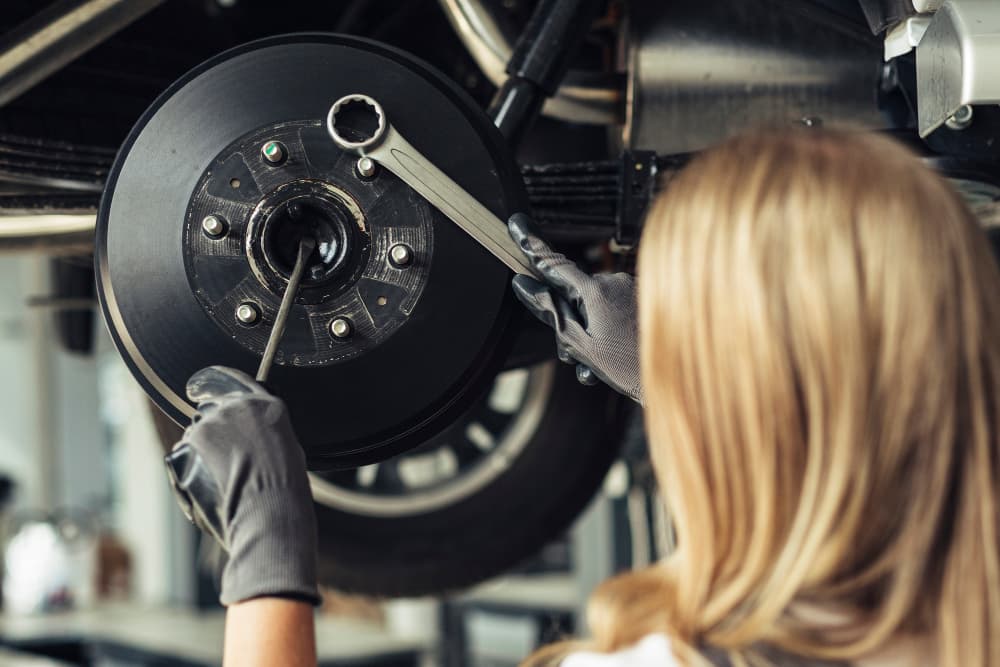
Car Clutch Not Working: Quick Troubleshooting Tips
When you press your clutch pedal, you expect your car to shift gears smoothly, but sometimes, it doesn’t. A sudden change in how your clutch feels or performs can leave you wondering why your car isn’t responding properly. If your clutch not working has left you stuck, don’t panic. Understanding a few basic things about […]
When you press your clutch pedal, you expect your car to shift gears smoothly, but sometimes, it doesn’t. A sudden change in how your clutch feels or performs can leave you wondering why your car isn’t responding properly. If your clutch not working has left you stuck, don’t panic. Understanding a few basic things about […]
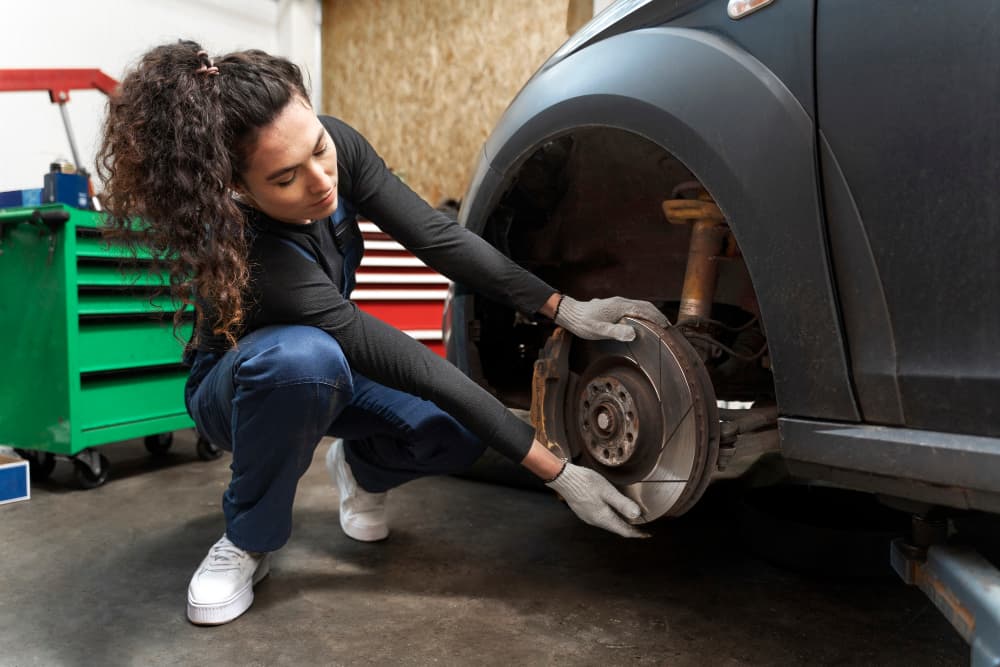
Brake Fail Signs You Can’t Ignore
When you’re cruising down the highway, confident behind the wheel, the last thing you expect is your brakes to fail. Yet, the risk is real, and the consequences can be catastrophic. Brake fail incidents often start with subtle signs—noises, vibrations, or changes in pedal feel,that drivers ignore until it’s too late. Understanding these early warnings […]
When you’re cruising down the highway, confident behind the wheel, the last thing you expect is your brakes to fail. Yet, the risk is real, and the consequences can be catastrophic. Brake fail incidents often start with subtle signs—noises, vibrations, or changes in pedal feel,that drivers ignore until it’s too late. Understanding these early warnings […]



